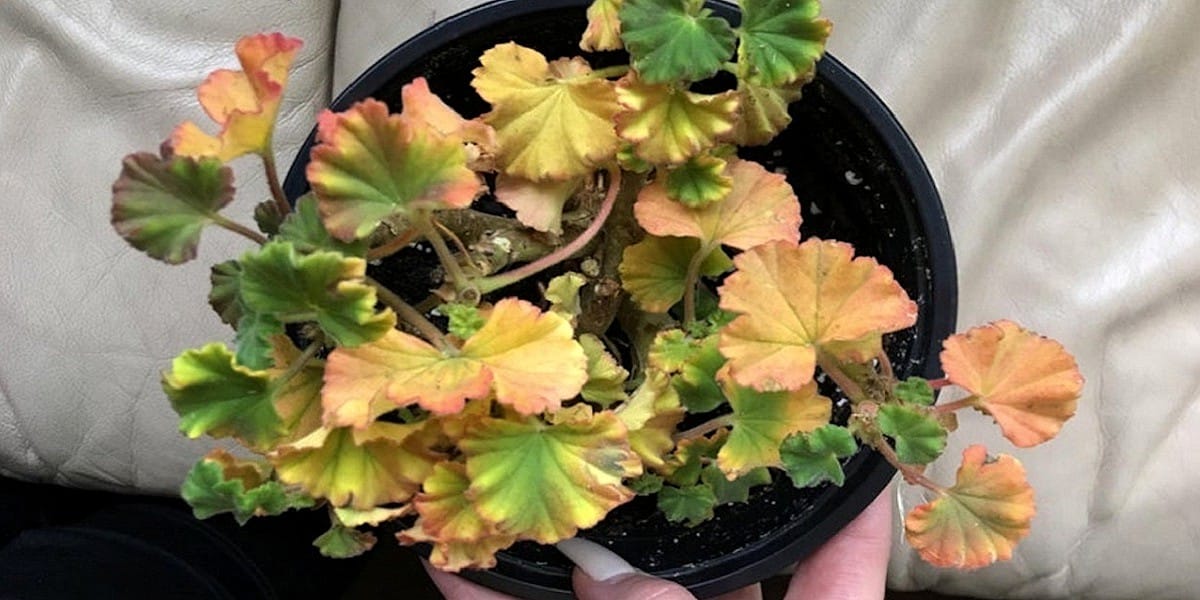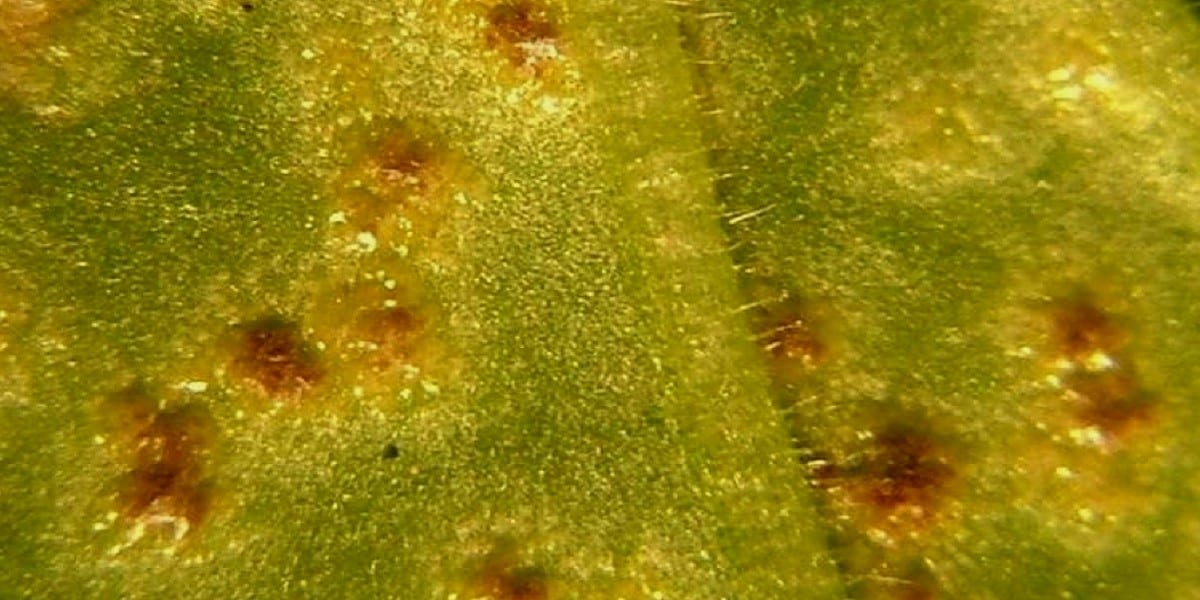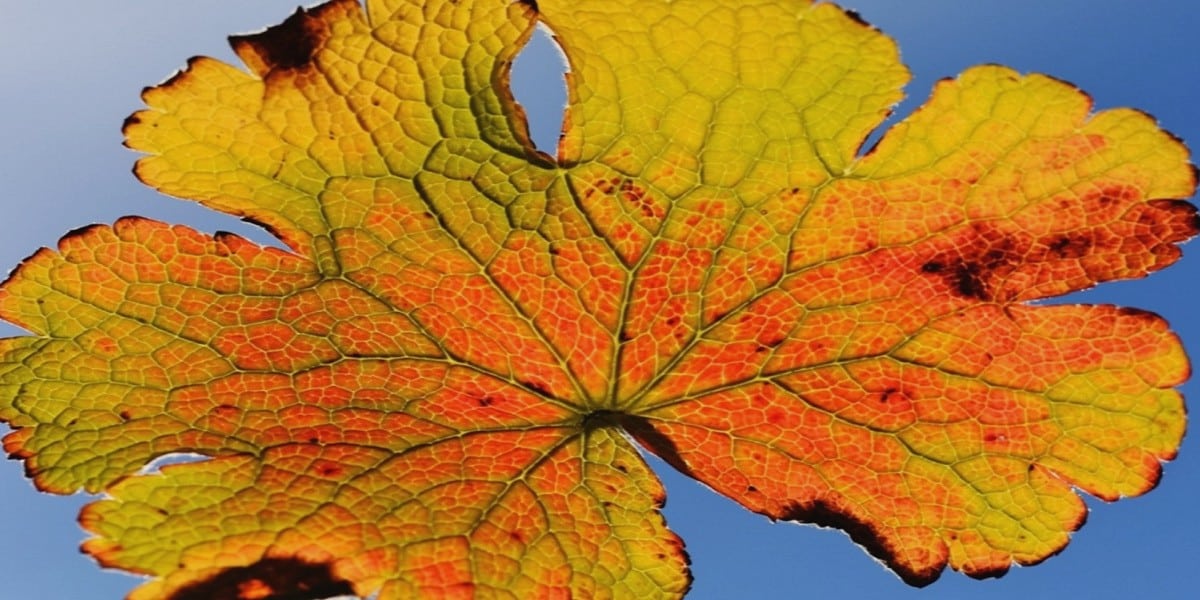Want to decorate your garden with gorgeous, abundantly-blooming flowers? Choose geraniums. These popular and easy-to-grow bedding plants are among gardeners’ top favourites. They come in a treasure trove of colours, leaf shapes, and growth specificities. Whether you’ll choose to grow them indoors or outside in containers or hanging baskets, making these beautiful plants thrive is a feasible task.
It’s interesting to note that geraniums are resistant to the attacks of most critters. Furthermore, these amazing shrubs are known to ward off cabbage worms. That’s one of the reasons why many gardeners locate geraniums in close proximity to these veggies. With that said, taking care of geraniums is fairly easy — that is, if you’re well aware of the needs of these pom-pom-like beauties.
The needs of these bright, long-lasting summertime blooms vary and largely depend on their classification, as well as whether they’ll ‘live’ indoors or outdoors. Irrespective of where you’ll plant your abundant bloomers, you may one day start noticing that their greenery is actually yellowing. Is this something you’re currently facing? You’ve come to the right place. In this piece, we’ll cover the yellow leaf disease in geraniums, let you in on its main symptoms, as well as delve deeper into the topic of treatment and prevention.
Geranium Leaves Turning Yellow: Why?
Surprisingly enough, Amarillo foliage is most typical among the shrubs that ‘live’ indoors. With that said, if you’re planning to bring your precious plant indoors for the first time, expect to see a lot of yellowing greenery as the environment shifts. Just give the shrub some time to adapt to the new ‘living conditions. It won’t be long until it recovers its juicy verdure.

There’s a multitude of reasonable explanations behind the question of why your precious plant’s leaves can develop yellowness. Seeing through various symptoms of this condition and being able to determine its causes can lead you to find the best natural treatment and preventative solutions. Below, we’ll dwell upon the reasons why your geranium foliage may start turning yellowish — and let you in on some of the most effective solutions.
1. Inappropriate watering practices. This occurrence is frequent when it comes to many plant-related calamities. The shrubs in question are prone to be ‘bathed’ in excess. As a result, their foliage may turn yellow-ish. Another indicator of this is when the plant’s soil is in a constant state of sogginess. Some other calamities excessive watering may lead to are rotten roots, fungal diseases, and various infestations. Similarly, underwatering your geranium is also a common challenge. In this case, the plant’s foliage will become yellow along the edges. Fortunately, both these problems can be warded off. One of the possible solutions is taking your soil drainage to a brand new level by ensuring there are air pockets in it.
2. Out-of-the-blue weather shifts. This factor influences only a limited selection of geranium types e.g., pelargoniums. They are exceptionally warmth-loving and intolerant to cold. Therefore, check the weather forecasts in your region on a regular basis and avoid getting this type of your favourite houseplant where it’s particularly chilly.
3. Pest attacks. While bug activity will not metamorphose your geranium foliage all-yellow overnight, this will definitely cause unnatural and highly undesirable decolouring blotches. That’s because the annoying insects will latch onto the plant’s leaves, drinking its vital juices. In order to break this disease cycle, you’ll need to notice these blotches, spot the critters themselves that typically hide underneath the foliage, as well as feed your precious geraniums with a regular portion of neem soil soak or neem foliar spray. This will aid you in getting rid of the infestation and control any possible transmission in the future.
4. Fungal diseases. This may become a serious problem on your way to keeping your gorgeous garden flowers healthy, strong, and blooming throughout the entire summer. Why? Because certain fungal plant diseases may kill your precious plant if you don’t treat them as soon as possible. In the majority of cases, these ailments are attributable to the foliage dampness as a result of a bug attack. The following fungal ailments cause greenery fading in geraniums:
- botrytis blight (also referred to as grey mold): yellow leaves accompanied by brownish or blackish dots are among the common telltale signs of this infection. You’re probably aware that the fungus loves moist places, thus, it spreads fast across your yard if you don’t pay attention to it due to the lack of knowledge. To control this disease, you’ll need to cut off the affected foliage and approach watering wisely. Water before sunrise, so that the leaves get enough time to achieve dryness before the sunset. Furthermore, before you even start your gardening adventure, create sufficient space between your plants and shrubs, for this will help generate sufficient air movement and thus ward off the fungus transmission;
- pelargonium rust: yellow leaves with brownish marks are a typical visual indicator of this fungal disease in your geraniums. Most frequently found in areas with high humidity, this disease is easily spreadable via wind, moisture, or contact with the affected growth. If you don’t address this issue, chances are the disease will spread all over the shrub and lead to its foliage falling out massively. Prevent pelargonium rust by showering your geranium in the morning for the foliage to fully dry before it gets dark. Also, don’t forget to prune down the damaged greenery (read as yellowry) to prevent further transmission;
- bacterial leaf spot: noticing water-drenched lesions on top of your already-amarillo greenery? Then you’re probably dealing with a certain type of bacteria that adores all-things-wet. Fortunately, this disease is not too challenging to eradicate. First, avoid excessive ‘showering’. Second, quench your geranium’s thirst at its base for the purpose of keeping its foliage from staying wet throughout the entire day. Cut off the affected greenery and follow the ritual of sanitizing your garden tools when you’re through working with them. With some extra care and persistence, you are sure to get rid of most geranium diseases.

5. Improper nutrition. This problem is difficult to pinpoint because there’s a multitude of geranium malnutrition symptoms out there. Once you diagnose this particular reason behind the ‘yellowry’, all you need to do to solve this is to adjust the fertilizer and the periodicity of feeding. Here are the most typical nutritional insufficiencies of these plants:
- nitrogen deficiency: yellowing lower foliage with brownish spots is a frequent marker;
- magnesium deficiency: it shows itself by discolouring the edges and veins of your plant’s greenery;
- lack of zinc: first-yellow-then-purple is a distinct telltale sign here.
Remember that excessive fertilizing can lead to burning your greenery roots and yellowing its foliage. In a similar manner, insufficient nutrition can also lead to foliage decolouration, marking the plant’s efforts to absorb the required nutrients from the soil. Always utilize a balanced fertilizer when feeding your geranium babies. Fertilization should take place on a monthly basis throughout the blooming season. Always follow the manufacturer’s guidelines for maximum effectiveness.
6. Insufficient direct sunlight. Sufficient light is paramount if you want to succeed in caring for your dearest greenery. If your precious plants aren’t getting enough sunlight, their foliage may start yellowing. Doubtlessly, the best natural remedy for this would be planting your geraniums where they’ll get direct sunlight for about six hours daily. If we’re talking about an indoor plant, then position the containers near a sunlit window. Provide these honey with sufficient sunlight and they’ll reward you with gorgeous blooms of your favorite shape and colour.
Preventative Tips to Save Your Greenery
Proper prevention is the best cure, that’s a given. Here are a few universal hacks to aid you in preventing geranium leaf discolouration in the first place:
- develop and maintain the before-sunrise watering ritual;
- cut off the wilted foliage to prevent the symptoms from showing further;
- bring your blossoms indoors or provide protection in case it’s too cold outside;
- plant where the shrubs will get enough direct sunlight;
- opt for monthly fertilization throughout the blossoming period.
Further Tips on Caring for Abundant Bloomers
- let the ground dry between the ‘showering’ sessions;
- cut down on watering in winter while preventing the roots from drying out completely: this will grant your geraniums a healthy period of dormancy;
- fertilize every two weeks during active blooming months and avoid feeding your geraniums during the dormancy period;
- to bolster new growth or for the purpose of overall refreshment, re-pot the amply blooming shrubs during spring.
Now, let’s delve deeper into the topic of dormancy. These pom-pom-like beauties are pretty low-maintenance, which means you can easily aid them in surviving the cold months. Are your geraniums already in containers? Then just take them inside. If they’re planted in your beautiful yard, dig them up and pot them in 8-inch pots.
If there’s not enough space or no sunny windows in your house, you are free to let your precious plants go dormant throughout winter. Place them in a cool and dark room. Your basement where the temps don’t go below freezing will be a good choice. Keep the soil slightly moist. Cut off the foliage and blossoms as they die off. Check the roots and crown for rotting sections. Get rid of any rot using a sharp, sanitized tool.

Once the last cold days of spring are far behind, feel free to reestablish your usual watering plan and start taking your geranium outdoors daily. Expose the plant to the sun gradually to prevent greenery from fading and burning. When the weather gets warm enough for the shrub, start fertilizing it. That’s what we call waking up from good winter sleep.
On the whole, if you’re wondering where your geraniums will thrive the most: indoors or outdoors, that depends on your choice. Both ‘places of residence’ suit this undemanding plant perfectly. As a matter of fact, you’re free to grow geraniums in pots and transfer them between your house and your garden, thus letting them thrive all year round. Just make sure you know all the ins and outs of maintenance, as well as disease prevention and treatment.
Removing Yellow Foliage: Should You or Shouldn’t You?
Yes, you definitely should! Absolutely, every geranium leaf is vital for photosynthesis. However, that’s only when it comes to healthy, green foliage. With regard to yellow leaves, they fail at boosting your precious geraniums’ vitality and, therefore, should be carefully pruned down. By getting rid of the infected yellow foliage, you give way for new growth to appear and provide the shrub with the energy resources it desperately craves.
Conclusion: Regular Maintenance Is Key
To cut a long story short, there are tons of ‘because’ to your greenery fading ‘whys’. They include nutrient deficiency, root problems, over- or underwatering, pest attacks, fungal diseases, not enough direct sunlight… If you heed our advice and read more books on the topic, you are bound to succeed in your gardening adventures.
Wondering if your amarillo geranium leaves will return their healthy, refreshing green-ness? Alas, they won’t. Don’t let this upset you, though. New green growth will replace the old yellow foliage. Just don’t forget to get rid of the latter to give your plants’ well-being a solid boost. Also, pinching off the wilted blossoms is a good idea, for it will give you the amplest blossoming potential in return.
Have you successfully solved the problem of yellowing foliage in your geraniums? Congratulations! Don’t think that this will put an end to your further aftercare efforts, though. Watch your blooming babies closely on a daily basis and delve deep into the upkeep topic nonstop. That’s a surefire way to succeed.
Leave a Reply
You must be logged in to post a comment.